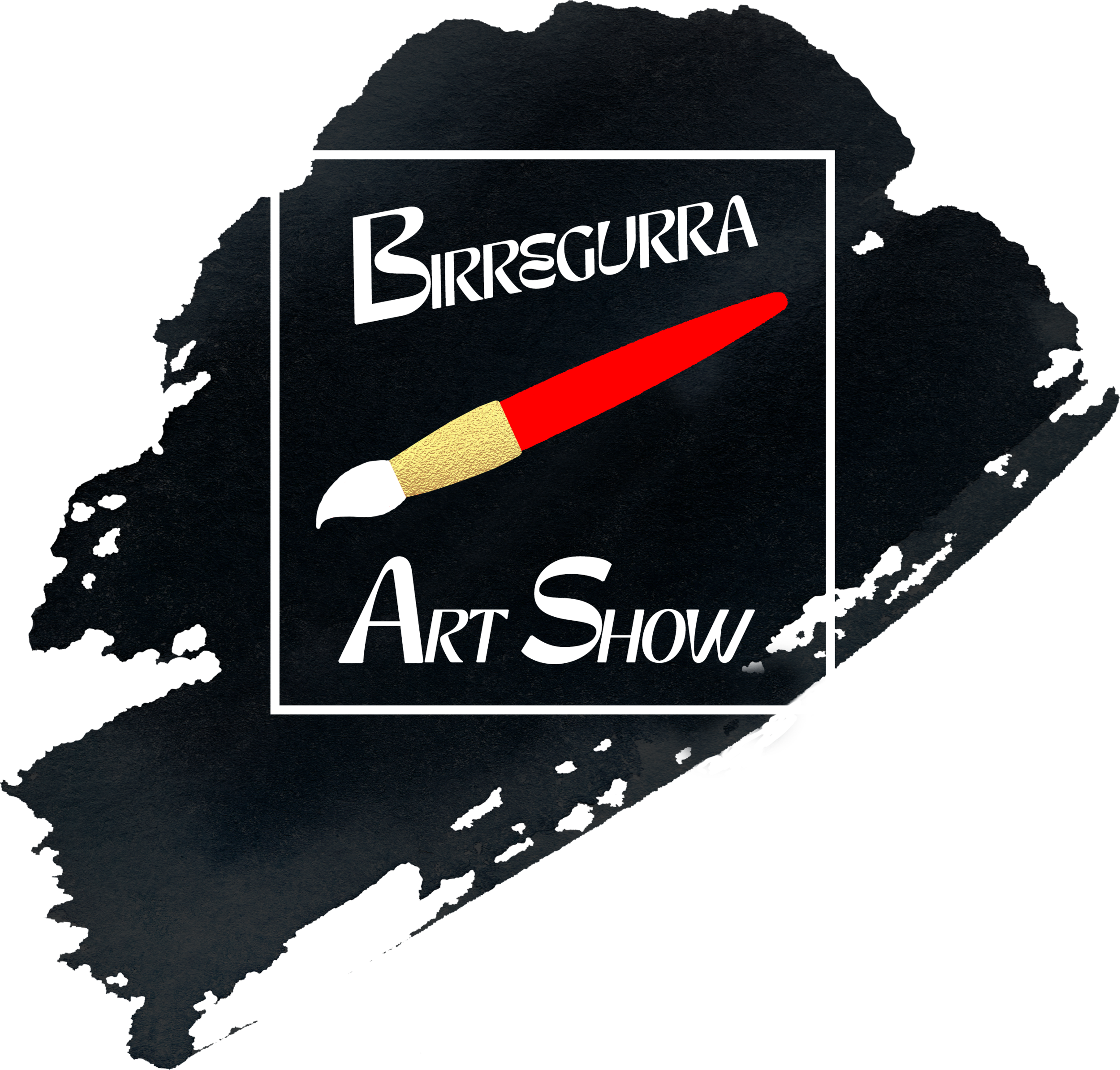While most of us prefer to appreciate art in person in an environment that is enhancing the experience such as a gallery setup, a good photography can convey the beauty of your art and leave the viewer with a lasting impression.
So what are the key points to consider when you want to capture your art on camera?
Equipment. If you are using a digital camera, you are probably aware of the manual settings to use so you can capture rich detail: manual focus, ISO and f-stop settings, polarising filters, white balance. But what if you want to use your phone? Cameras built into modern phones are usually quite capable of taking clear images. But with less of the adjustments available you will have to work a little bit harder on setting up the shot.
Light is key. Take your pictures on cloudy or overcast days outdoors as indirect sunlight provides the best lighting. Or, if shooting indoors, try positioning the object beside an opaque window or one with translucent curtains. Normal domestic inside lighting will not be a solution. If you need to use artificial light, you will need to have two even light sources aimed at 45 degrees each side of the art work. Shine the lights against the wall, not the artwork itself. Removing the glass will give you the best result indoors. But that may not be an option. Please read on, we have more on this for you below.
Position, position, position… Hang your artwork on the wall. Find a neutral coloured wall (white, black, grey) and hang your work at a height where the middle of your piece will be parallel to the lens of your camera/phone. Artwork photographed leaning against a wall is prone to be shot from a downward angle which leads to distortions of the image. If you cannot hang the artwork, make sure your camera lens is parallel with the glass on the picture. For instance, if you have the picture leaning against a wall, you will have to "lean" the camera with it until the frame edges line up with the edges of your viewfinder. Don’t worry too much about having a bit of background in the shot, that is easily cropped out later. But if you do take a shot of the artwork in its frame, the whole frame needs to be visible and show with straight lines in the image.
What if the artwork is framed behind glass? This is very tricky and will require some patience experimenting with the setup. You may even find that you need to choose your day to attempt this depending on the weather conditions that will give you the least glare and reflection. Again, outdoors on a cloudy day is best. Having have a wall, fence, or other non-reflective surface behind you is helpful. You could even get somebody to hold a piece of light coloured cardboard or a white sheet up behind you. If there is still reflections or glare change the position of the artwork and where you stand in relation to it. The flash needs to be turned off.
Post-processing? Not everyone will have access to software like Photoshop or Lightroom. Those can help reducing some glare/reflection. If you do not know how to crop out any residual background, don’t worry. We can easily do that for you when we upload your images. It is more important to have “everything in” than “everything out”, i.e. the entire artwork need to be visible with straight vertical and horizontal line. We also like showing images of the framed artwork (possibly as a secondary image). Here it is even more important to capture all of the frame with straight lines.
How do I send the image? Email is fine. Or you can send it to us using a file share mechanism.The image must be of a reasonably high resolution. A good size is about 1MB but smaller can be sufficient for the purposes of an electronic catalogue. If you are emailing from a phone do not resize the embedded image. If you are limited for sending a bigger email and have more than one photograph, it is better to send multiple email messages.
Will my image be safe from image theft on the Art Show website? Glad you asked. Especially photography artists will be worried about this. We have disabled the “right-click on image” option on our website with which one could save the image. That will not stop people from doing a “screen-grab” but the resolution the uploads are in on the website will not be good enough for anybody to use the result. If you are concerned, feel free to water-mark your images.
Good luck and have fun capturing the beauty of your art!








